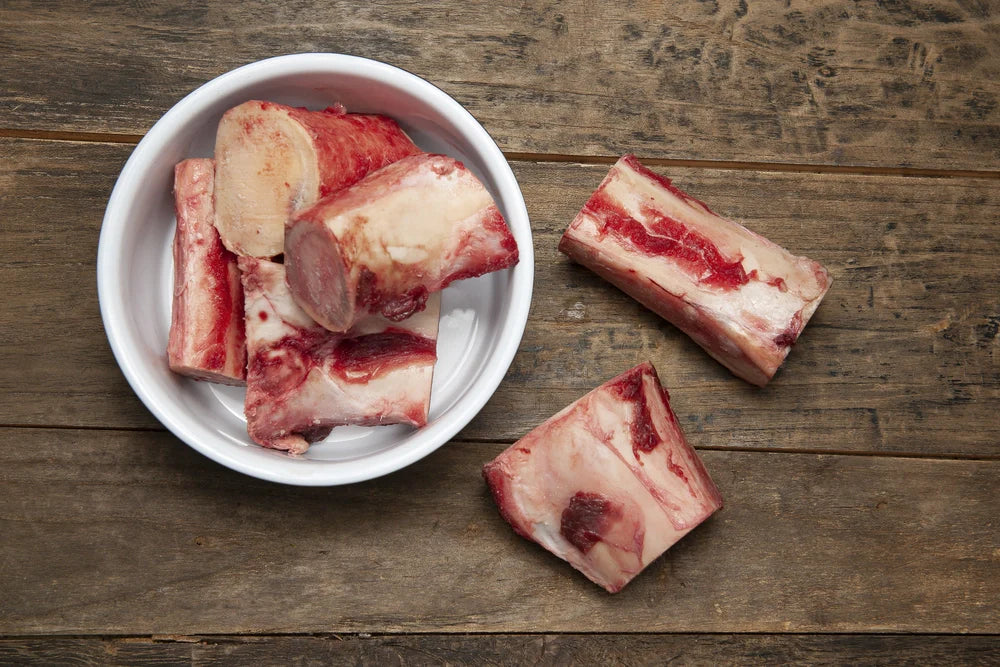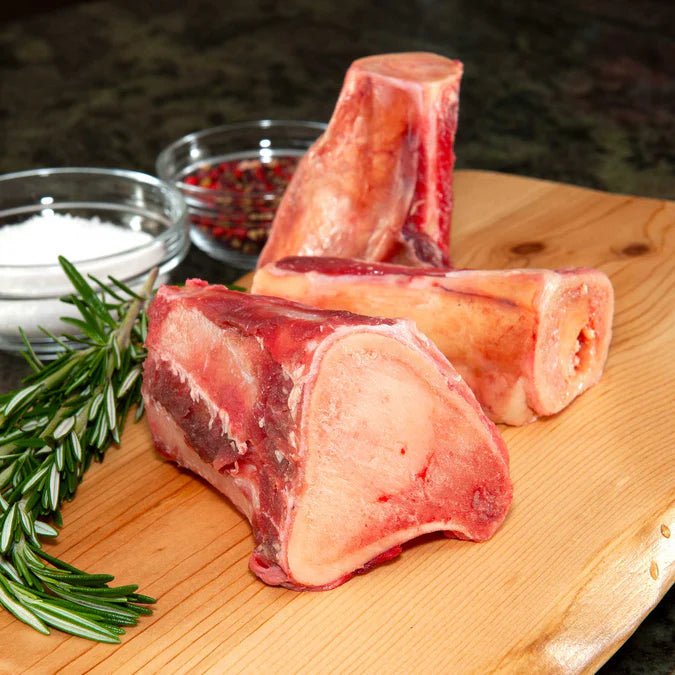Key Takeaways




Feeding Your Dog Bones: Yes or No?

Benefits of Feeding Your Dog Bones

Limited Time Only!
Risks of Feeding Your Dog Bones:
What Is the Safest Bone for a Dog?
Safest Bones
Bones to Avoid
The Best Bones for Dog’s Teeth
The Best Bones for Nutritional Benefits
Where to Buy the Best Beef Bones for Dogs
What to Do If Your Dog Ingests a Dangerous Bone
Immediate Steps
Frequently Asked Questions about Choosing the Best Bones for Your Dog
Title




